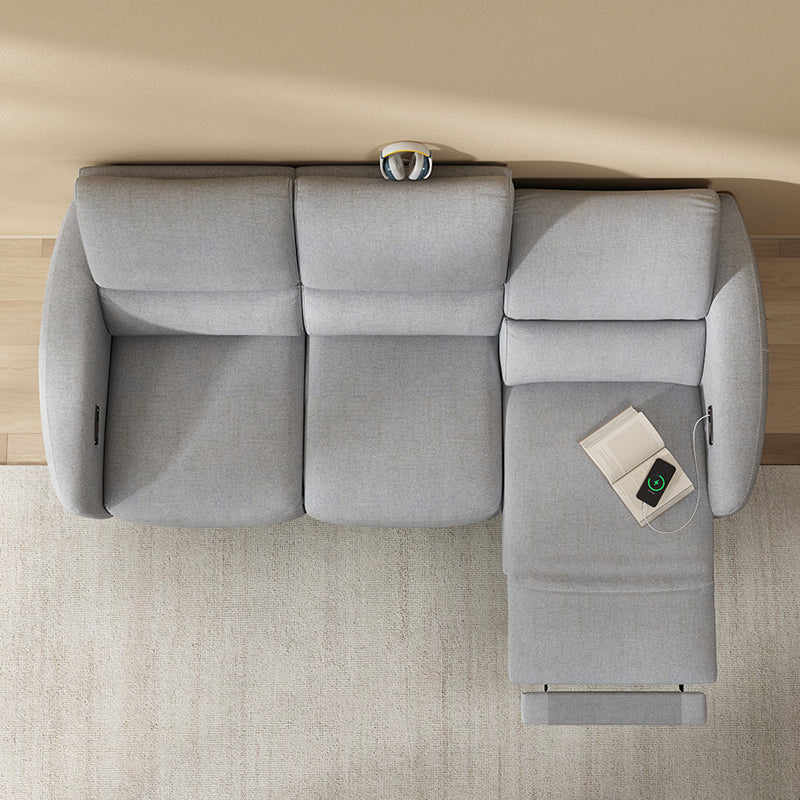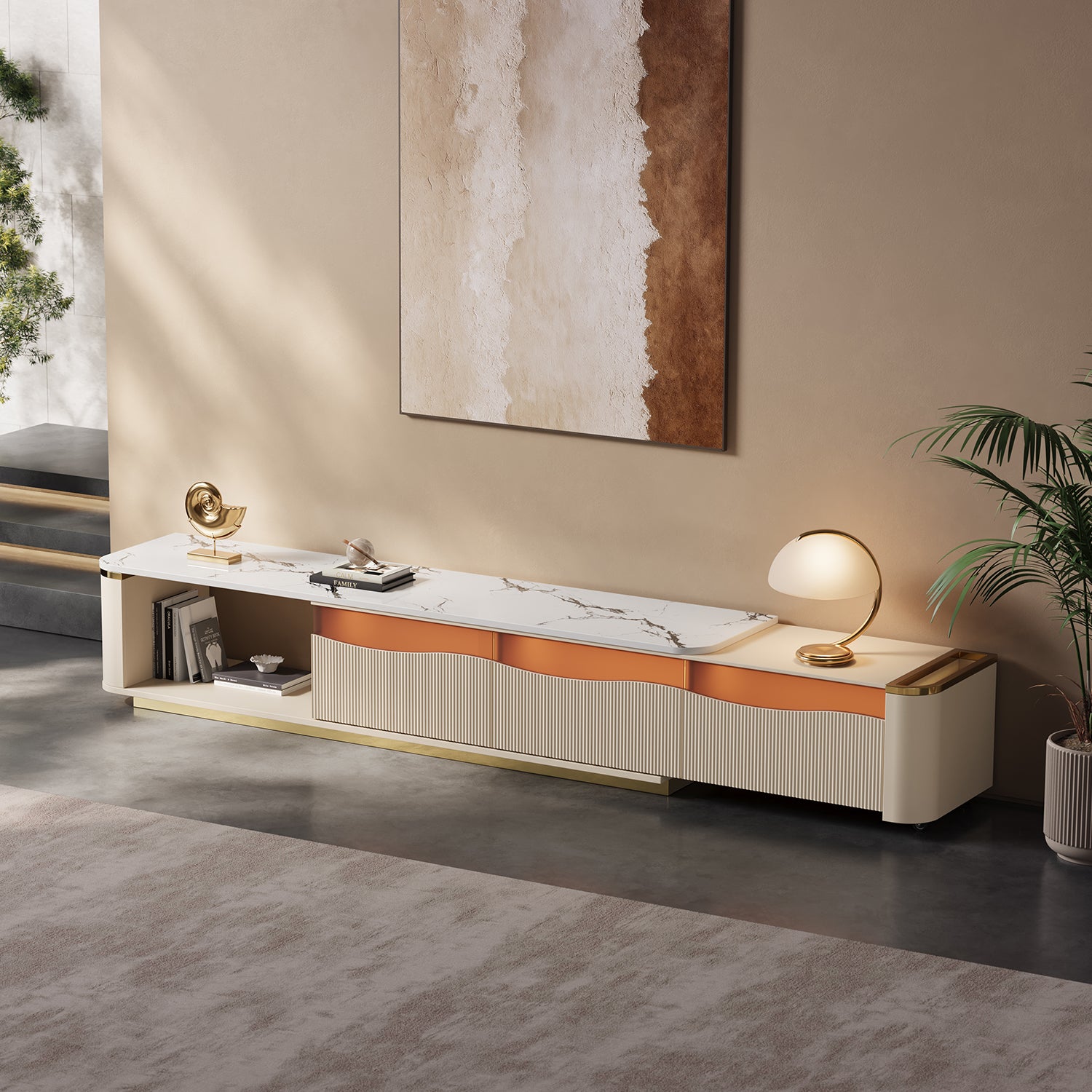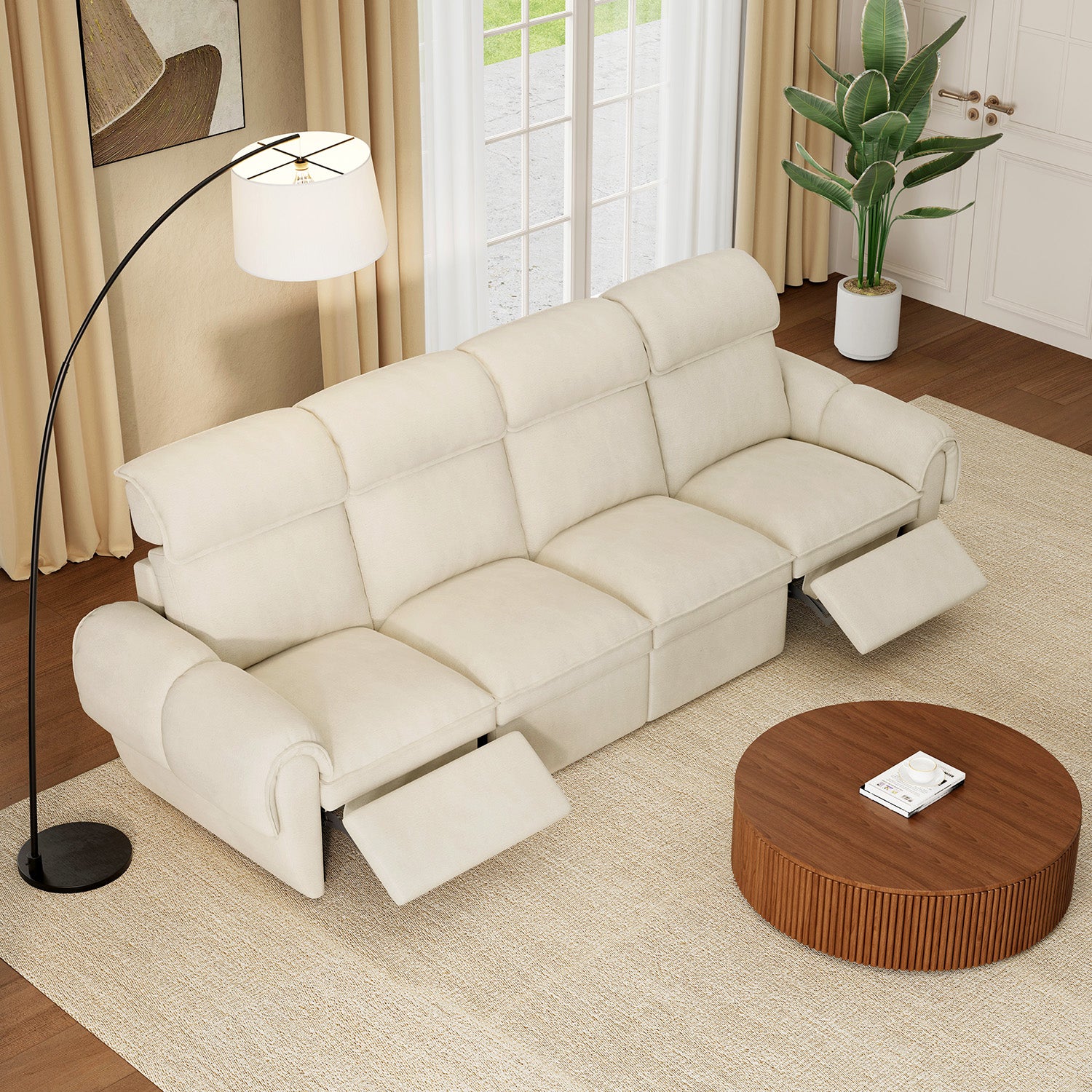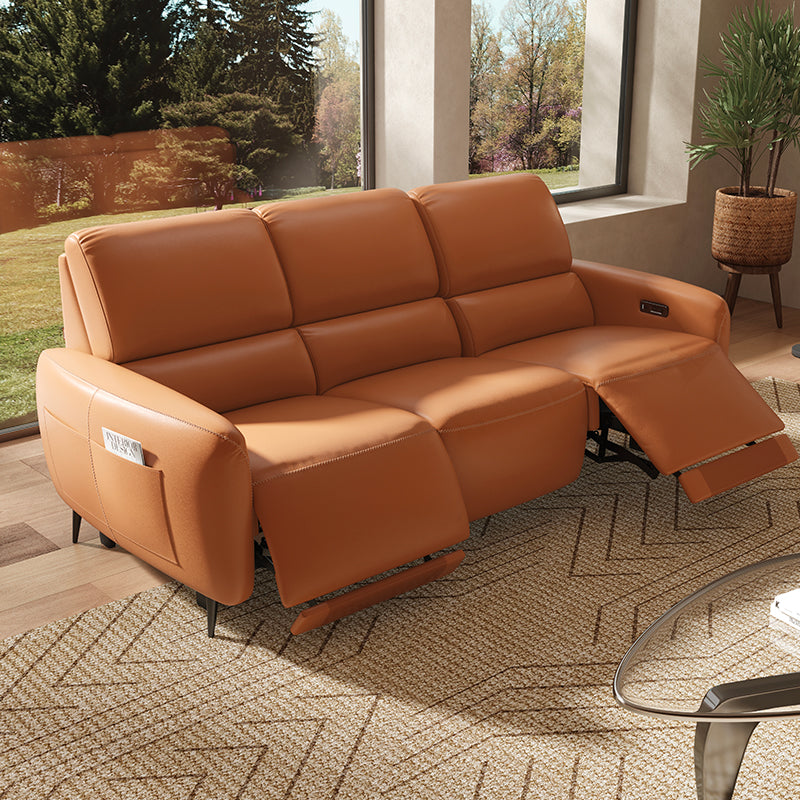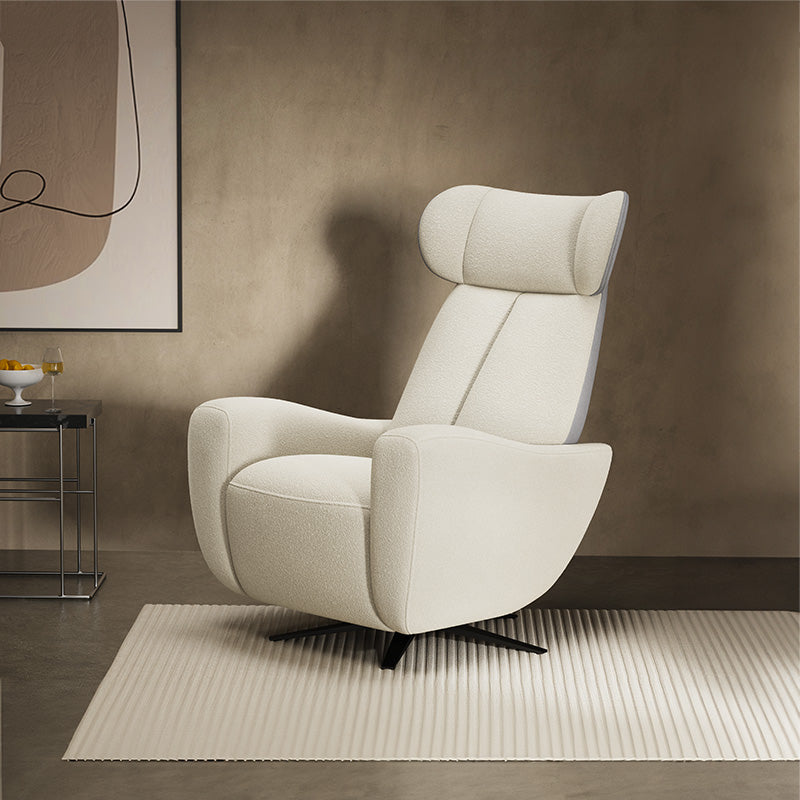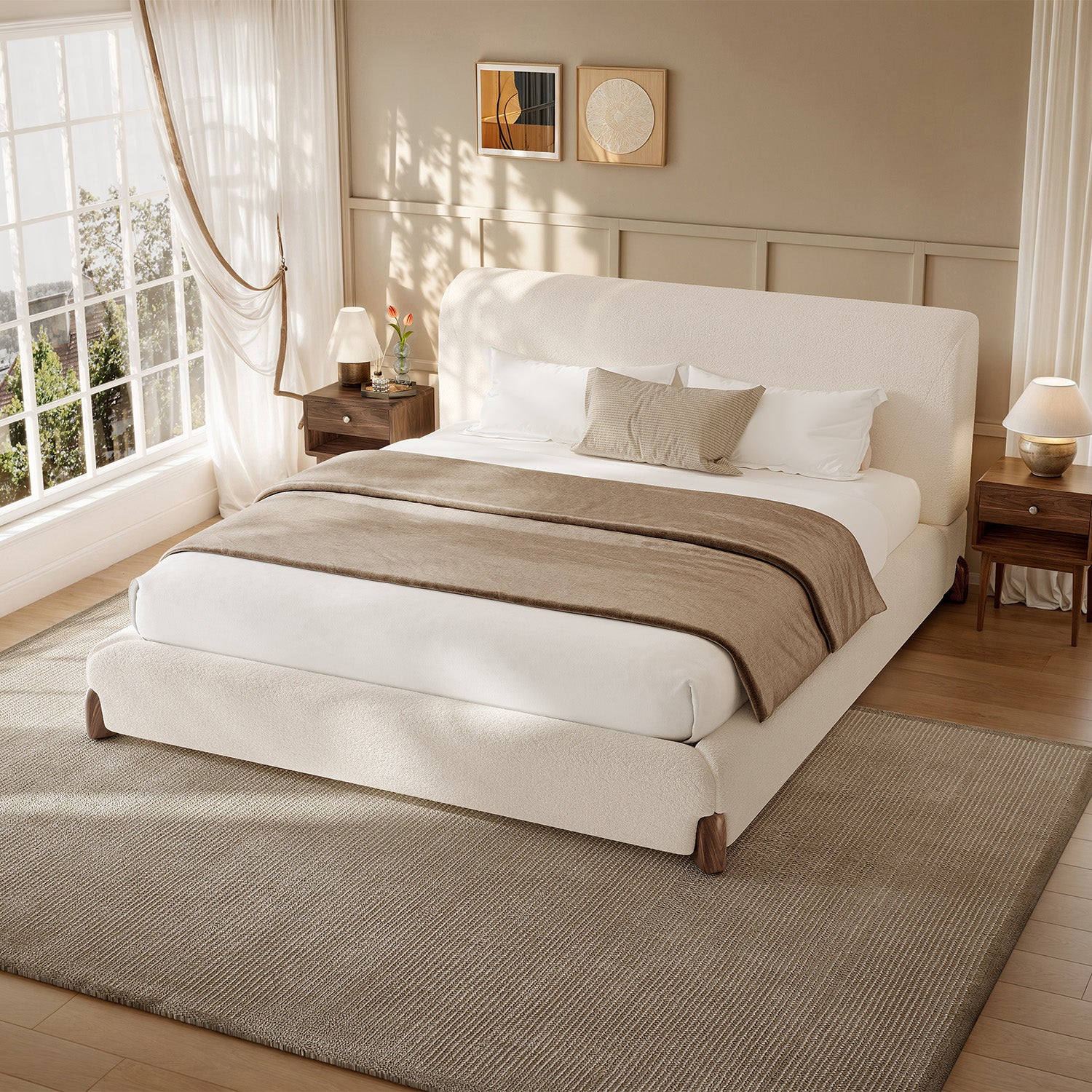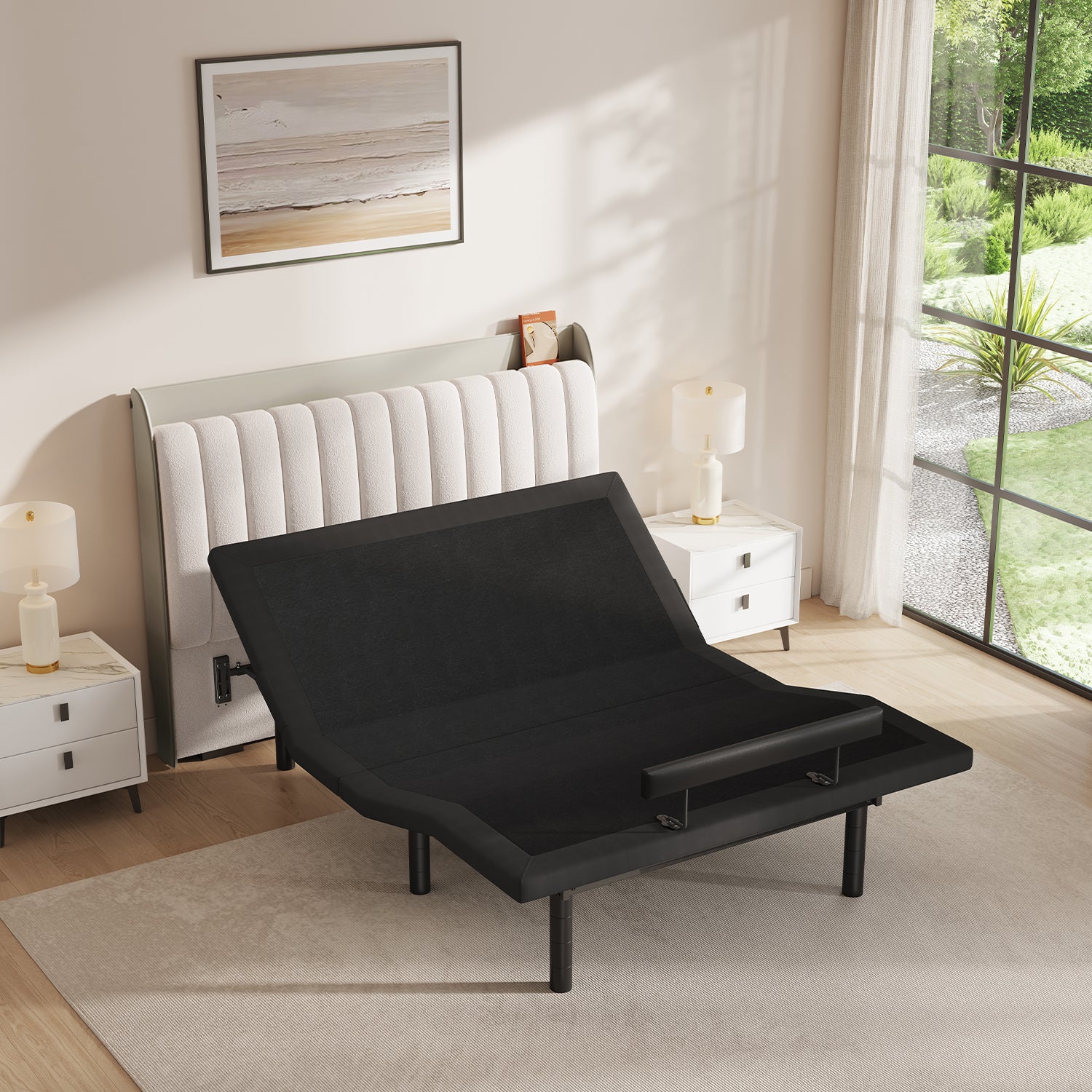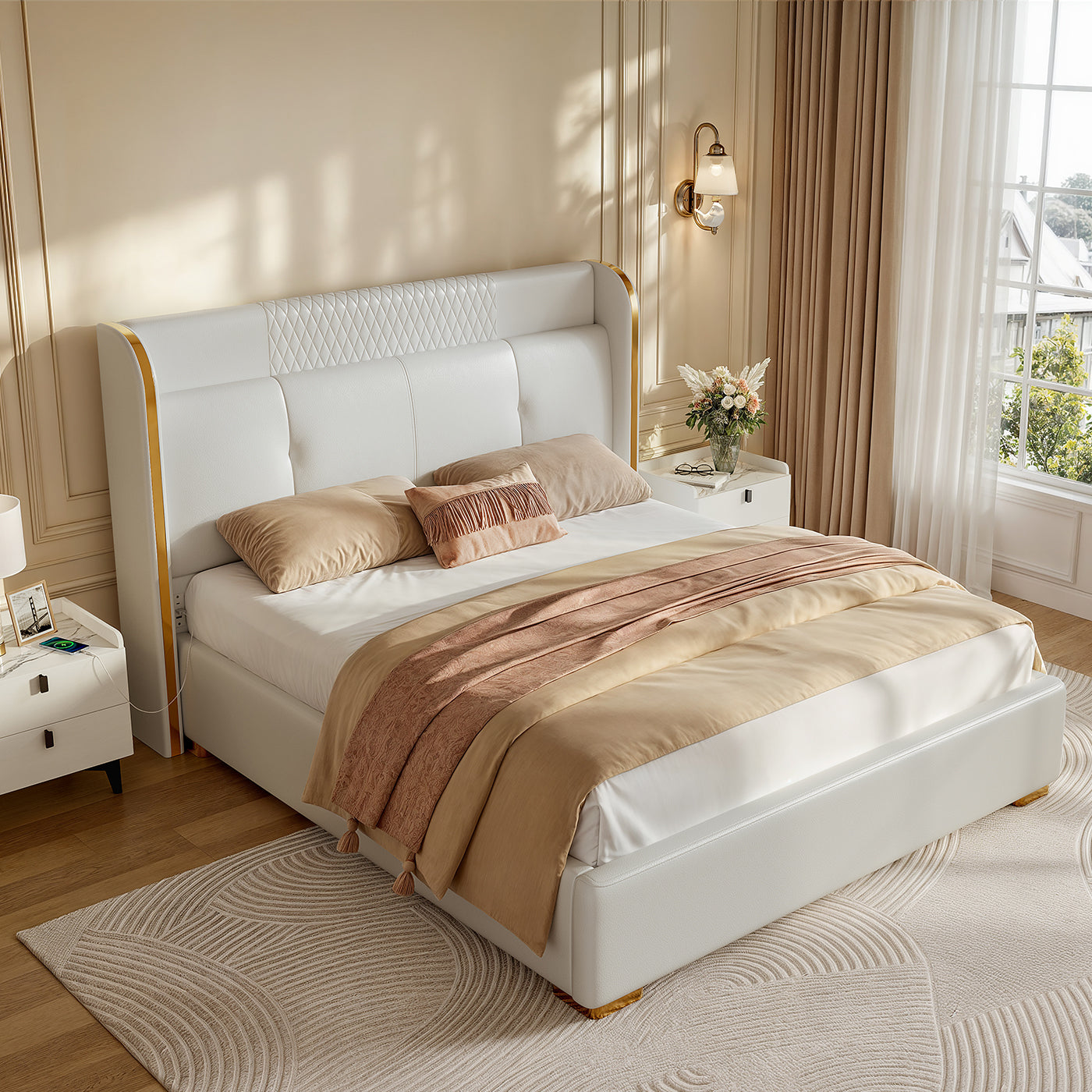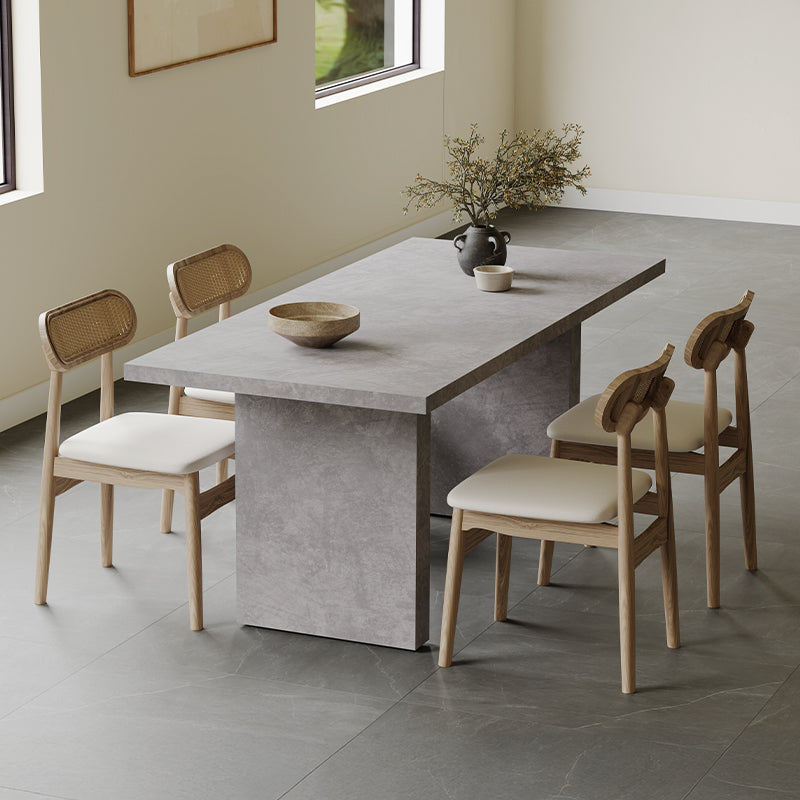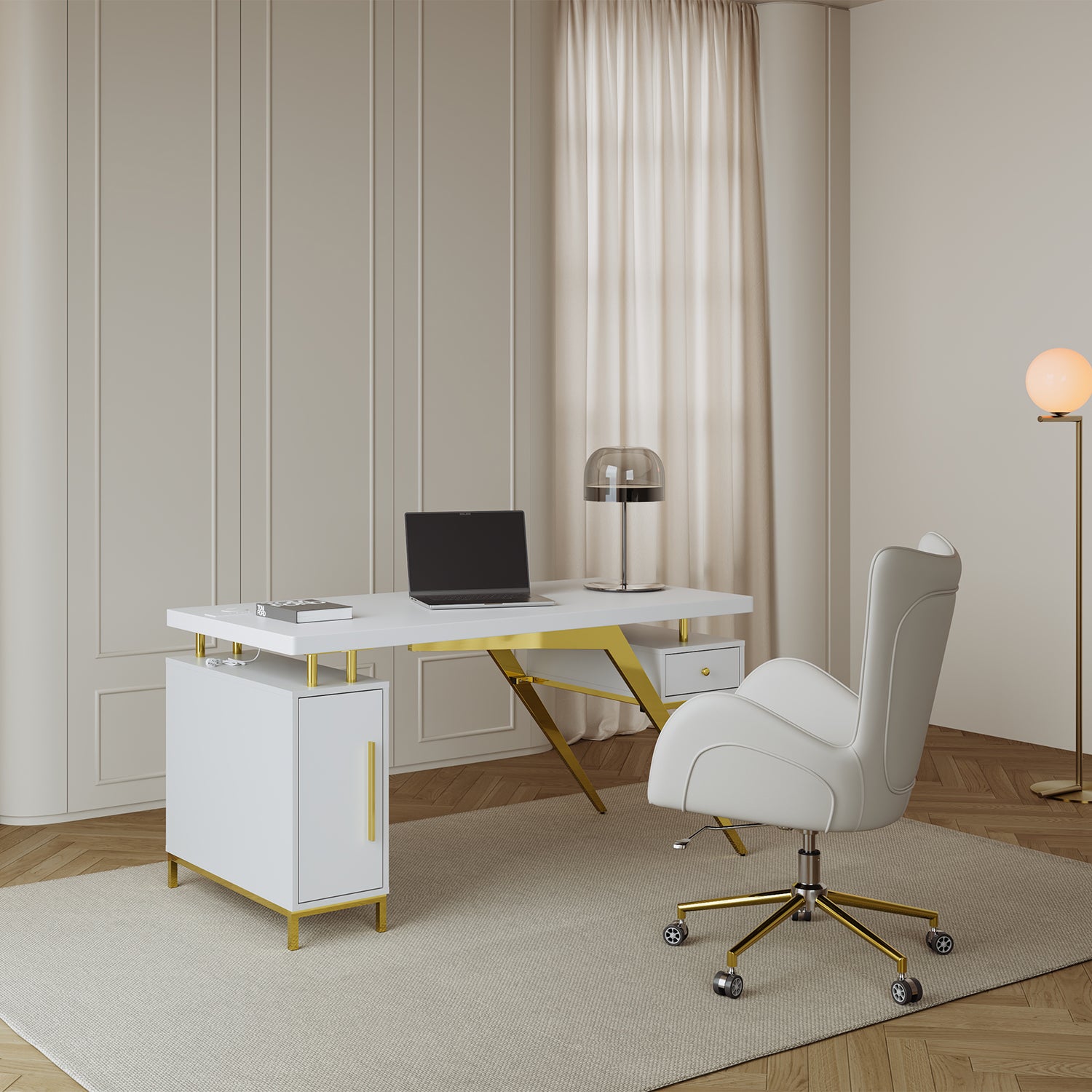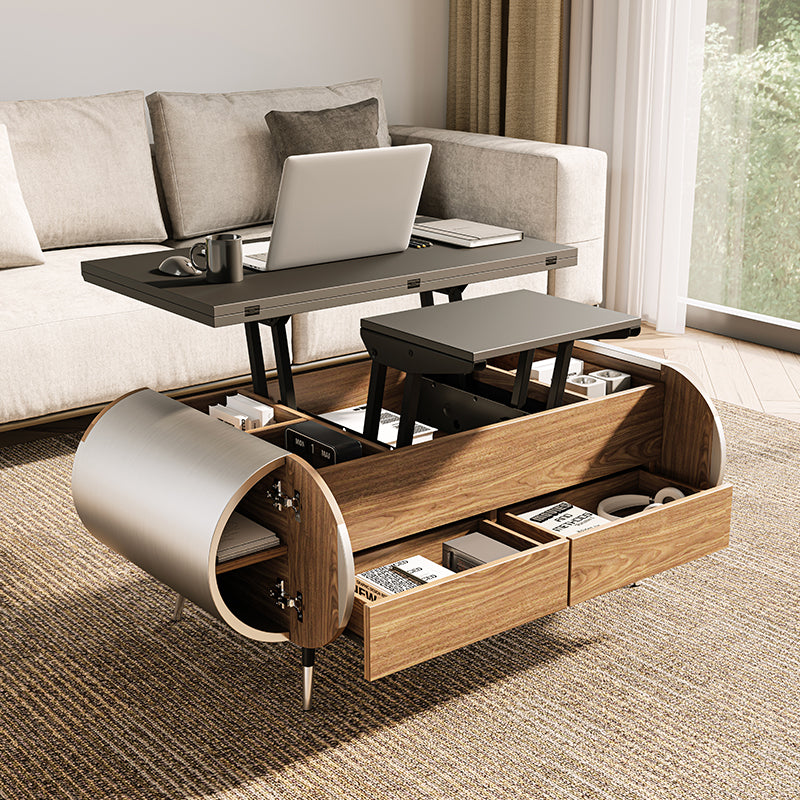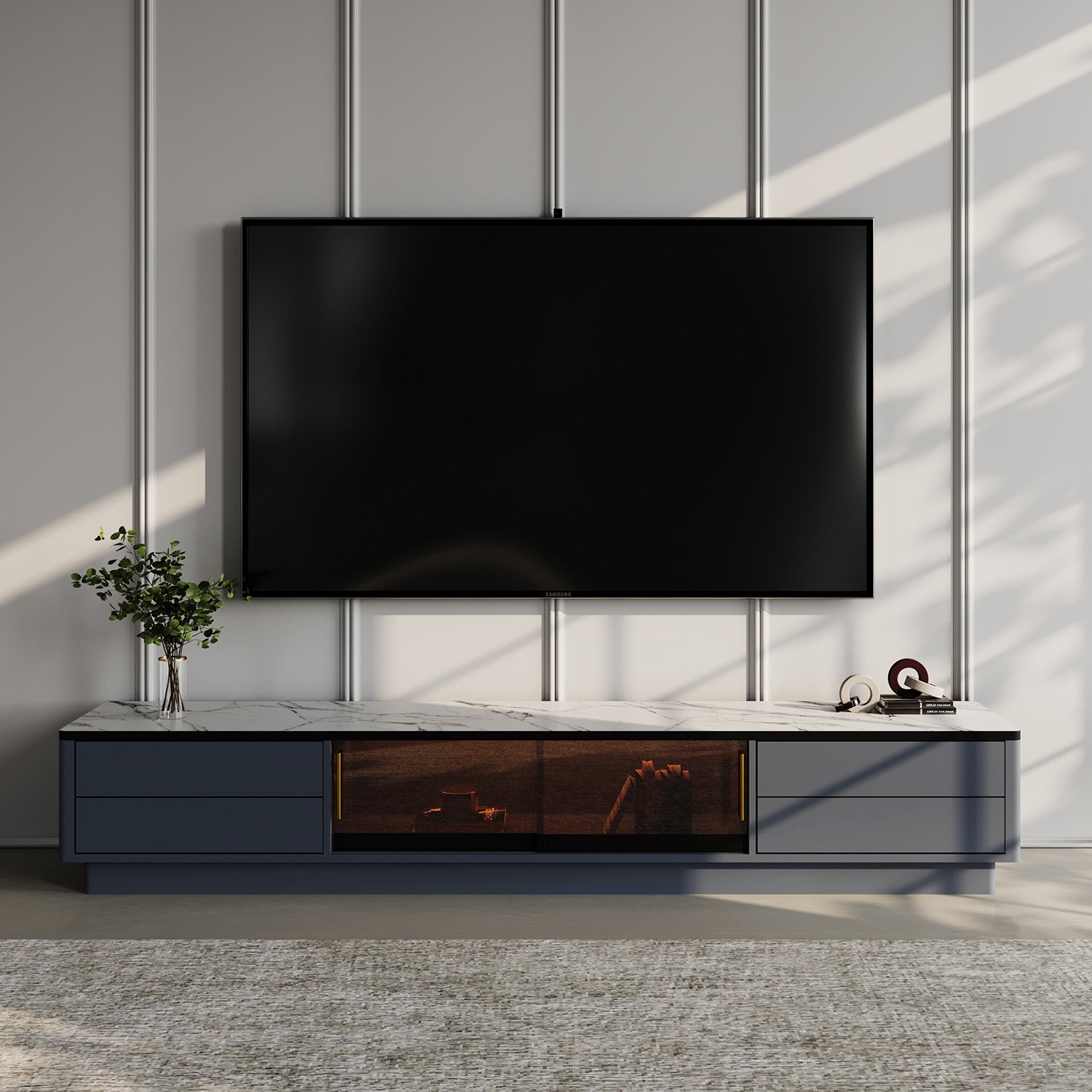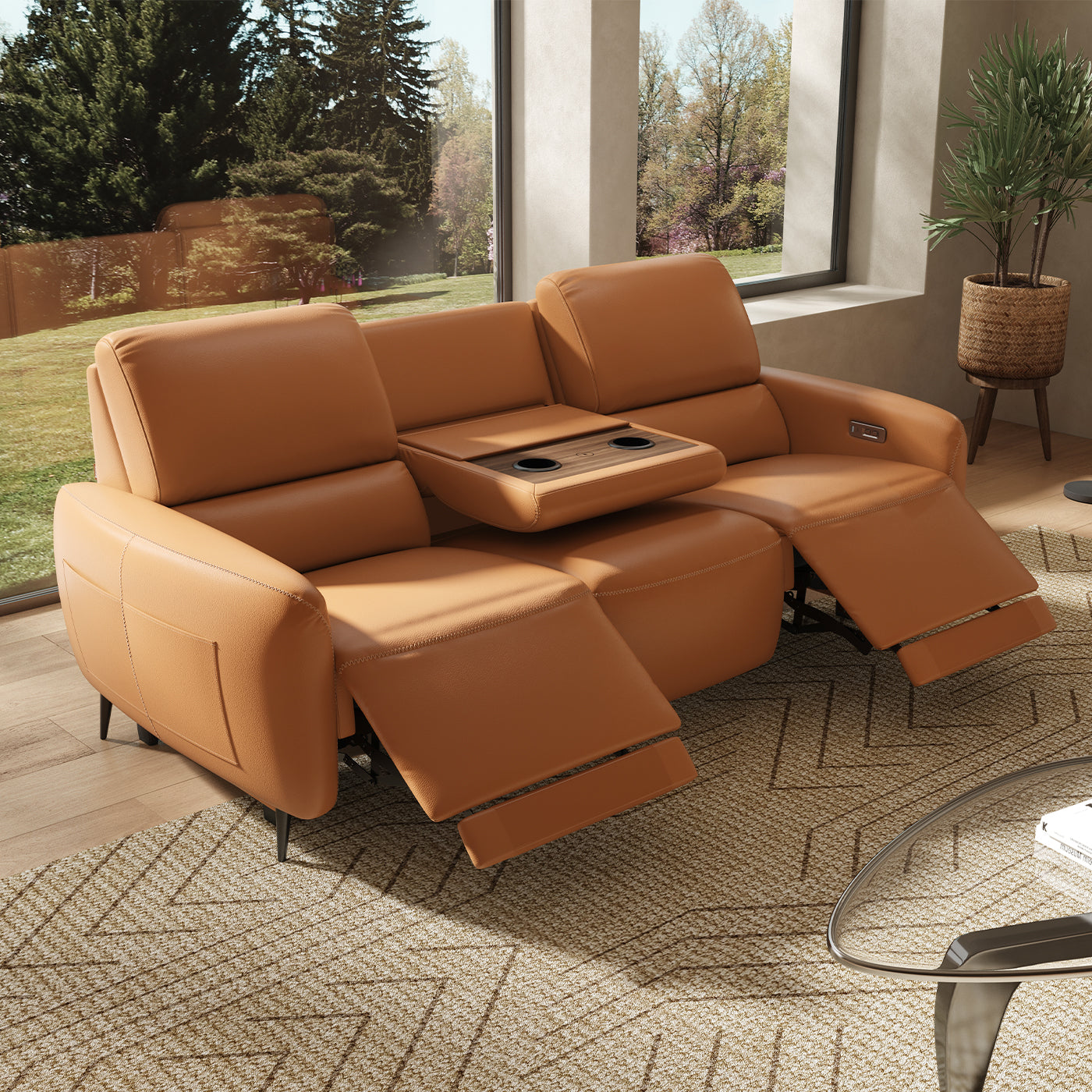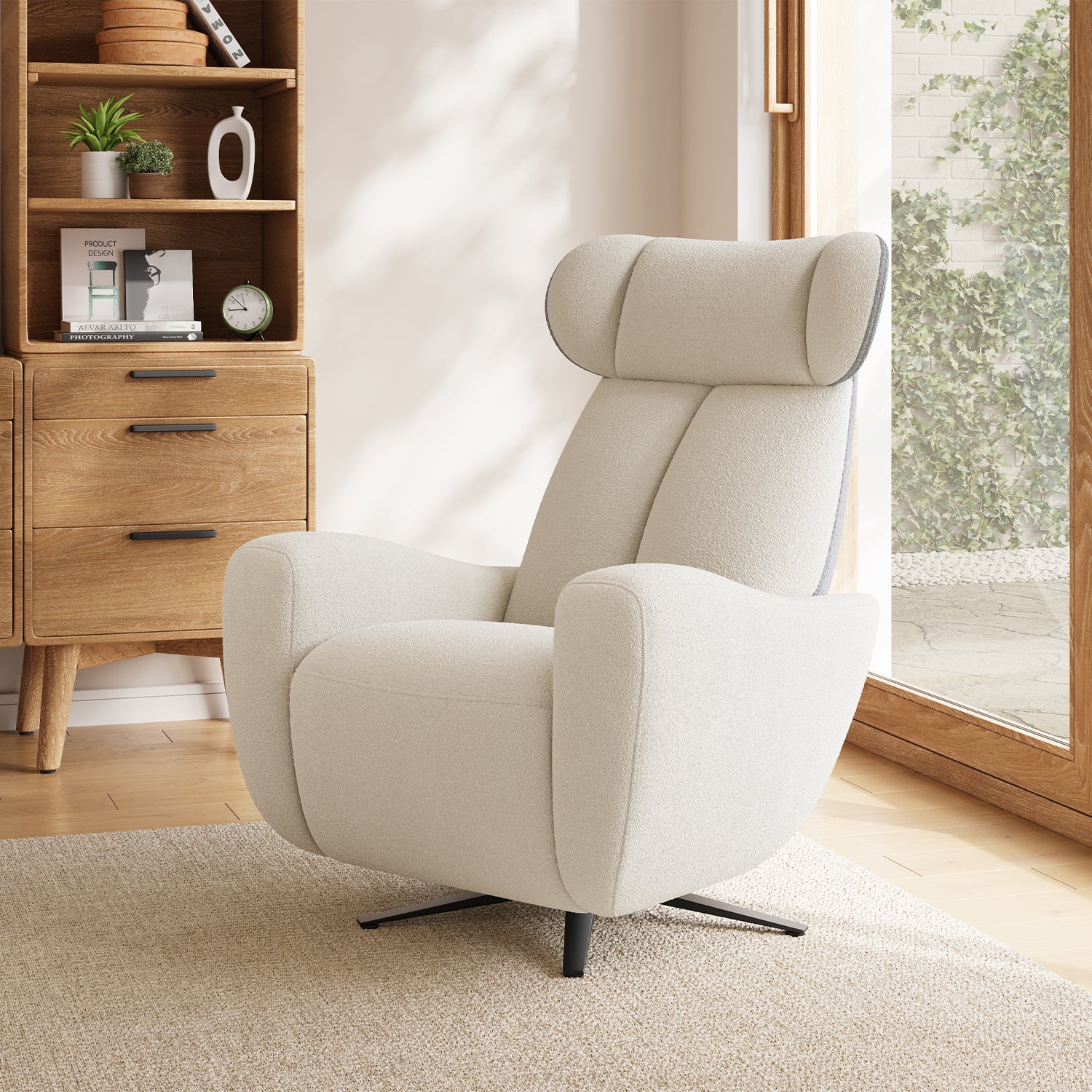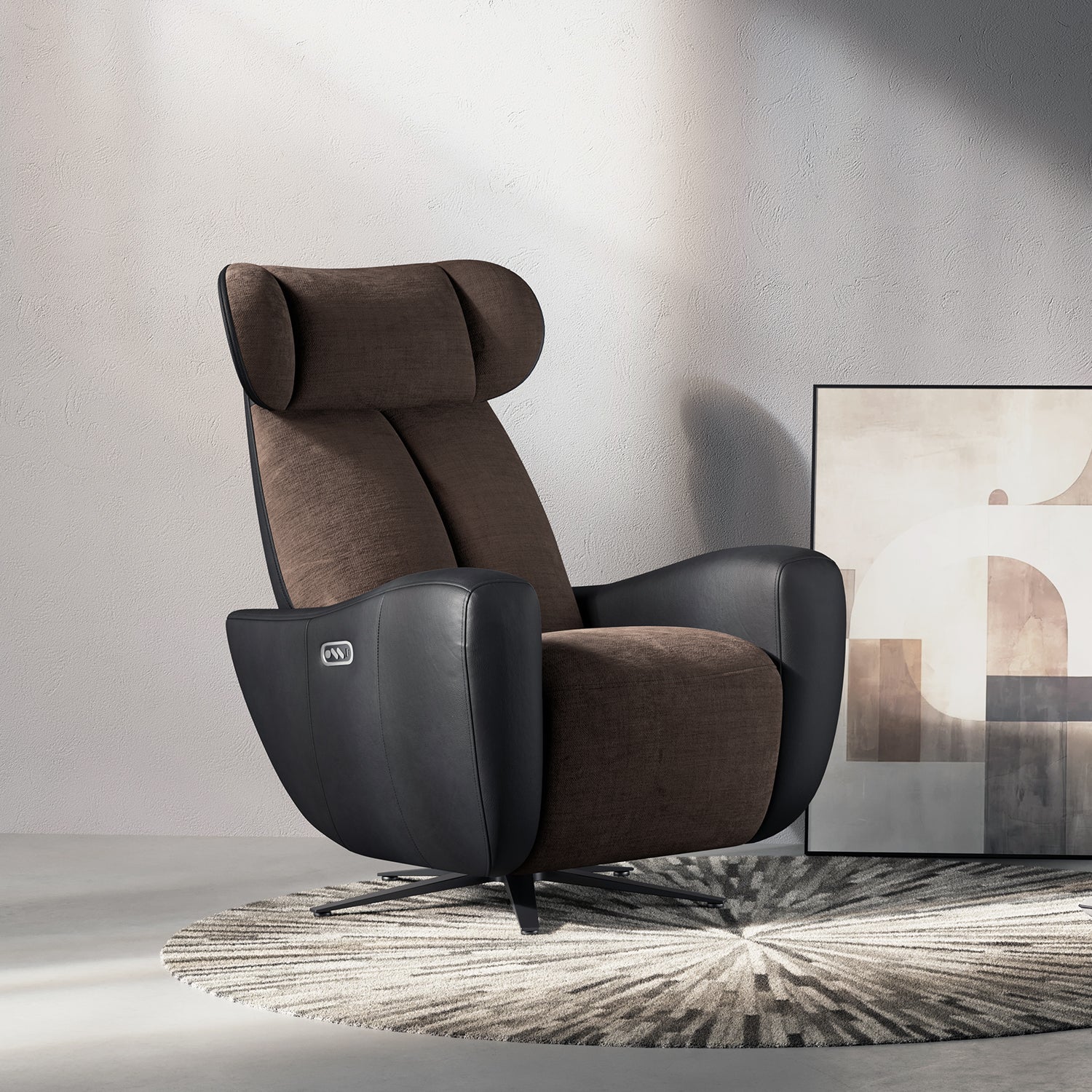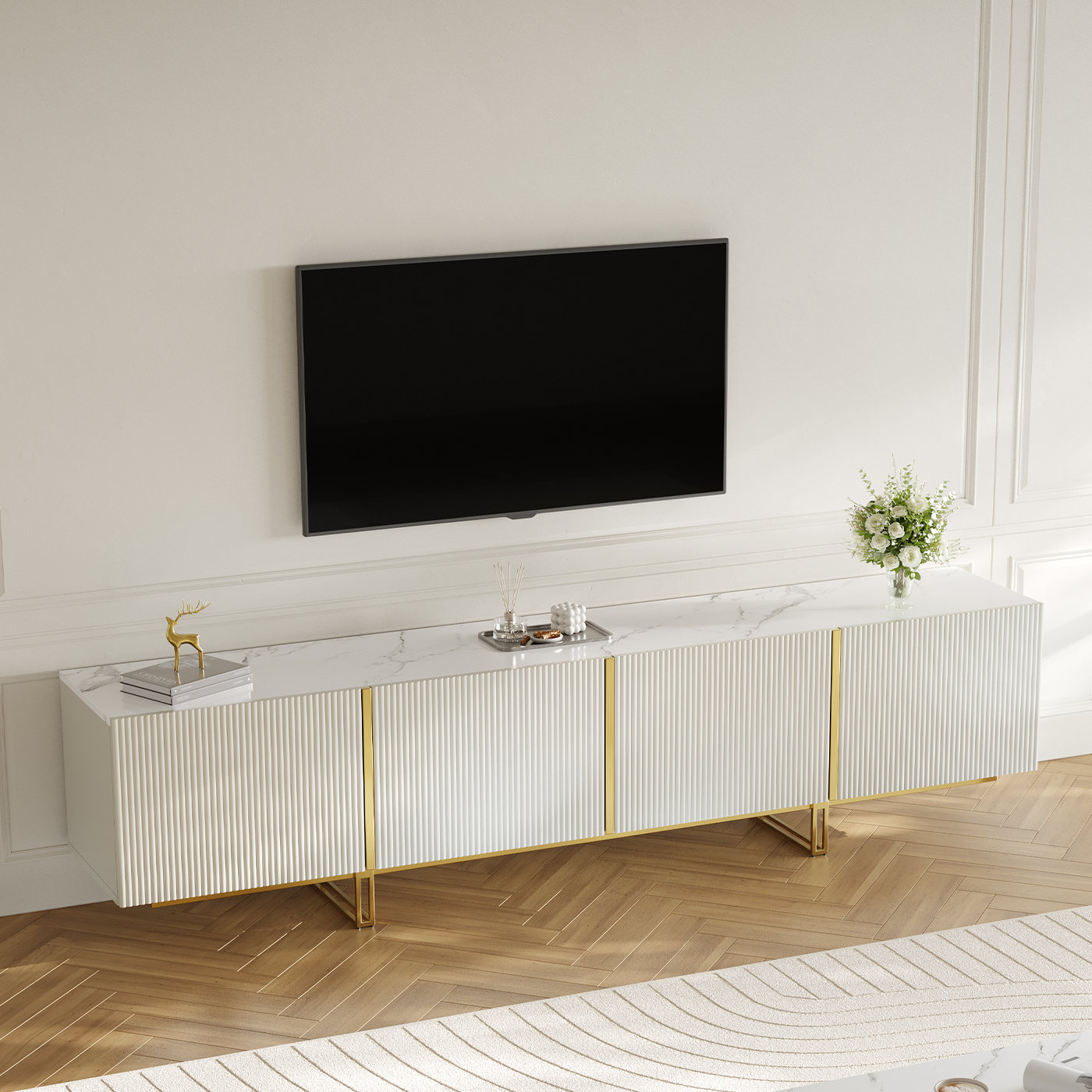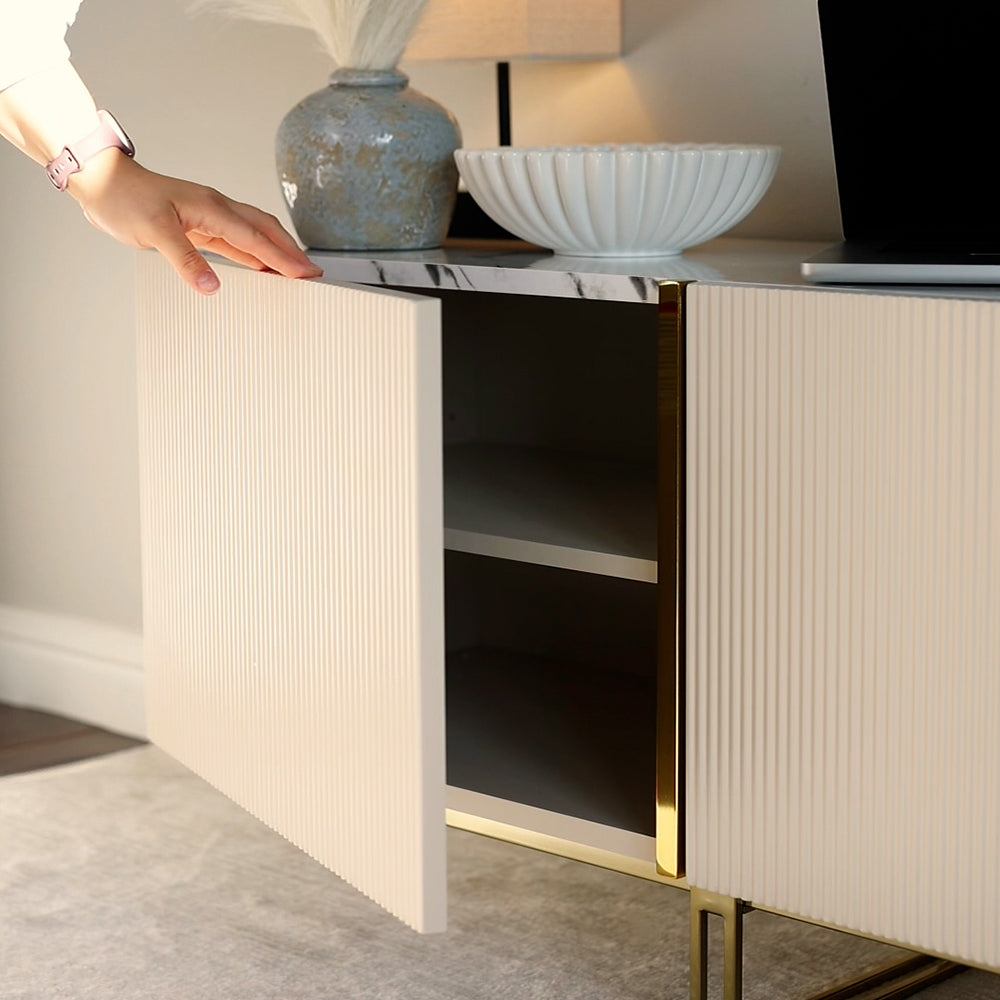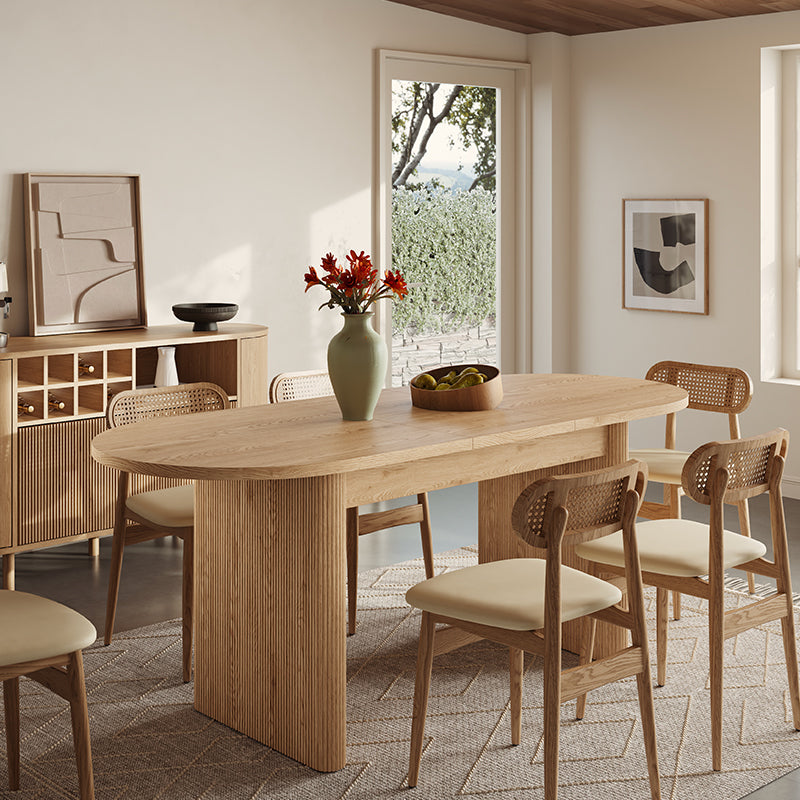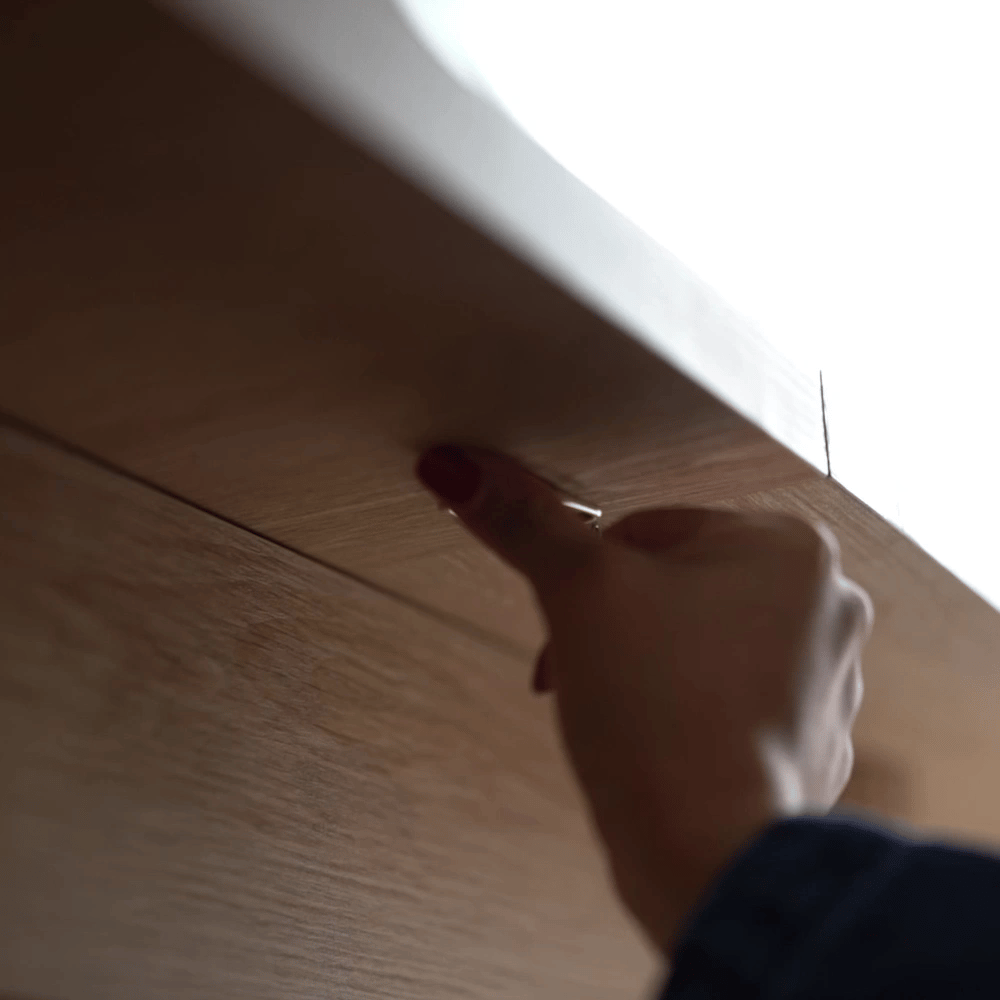Your recliner isn’t just a chair—it’s your sanctuary. But over time, its original fabric might fade, tear, or simply clash with your evolving decor. Instead of buying a new recliner or settling for a generic cover, why not create a custom one that fits like a glove? Whether you’re a DIY novice or a seasoned crafter, this guide will walk you through the process of making a recliner cover that’s both functional and stylish. Let’s dive in.
Table of Content
Start with Fabric and Measurements: The Foundation of Success

The journey to a perfect recliner cover begins with two non-negotiables: the right fabric and precise measurements.
Fabric choices can make or break your project. Heavy-duty cotton or canvas is ideal for high-use recliners—think toddlers jumping on it or pets claiming it as their throne. These materials hold up to wear and tear and survive frequent washes (just pre-wash the fabric to avoid shrinkage). For a snug, no-fuss fit, stretchy knits or jersey fabrics mold around curves without requiring meticulous tailoring. If your recliner sits in a formal living room, linen blends offer elegance, though they wrinkle like a crumpled love letter. And if you’re a serial snacker, splurge on performance fabrics like Sunbrella®—they laugh at wine spills and chip crumbs.
Next, grab a tape measure and a notebook. Recliners are deceptively complex, so break them into sections: seat, backrest, arms, and footrest. Measure each part’s length, width, and depth, adding 1–2 inches for seam allowances. For curved arms or contoured backs, trace the shapes onto newspaper to create templates. Pro tip: Enlist a friend to hold the tape while you jot down numbers—recliners are unwieldy, and accuracy is key.
Avoid this rookie mistake: Forgetting the recliner’s mechanics. Note where levers, buttons, or hinges sit, and design the cover to work around them. A cover that blocks the footrest release is about as useful as a screen door on a submarine.
Cut, Sew, and Conquer: Turning Fabric into Function

With fabric and measurements in hand, it’s time to play designer.
If you’re using stretchy fabric, drape and pin is your mantra. Spread the material over the recliner, smoothing out wrinkles like you’re tucking in a bedsheet. Secure it with T-pins or binder clips along seams and edges, then mark your cuts with chalk. Leave a 1-inch margin for adjustments—DIY is all about wiggle room. Use a stretch stitch or serger to sew seams, and add elastic bands to the hem for a snug fit.
For tailored covers with woven fabrics, channel your inner architect. Cut pattern pieces using your templates, labeling each section to avoid confusion (trust me, mixing up arm and back panels leads to existential crafting crises). Start sewing the seat and backrest first, pinning right sides together and using a ½-inch seam. Press seams open with an iron—this step is tedious but prevents bulky, lumpy edges. Attach arm panels last, easing the fabric around curves like you’re coaxing a cat into a carrier.
Tricky bits? Here’s how to hack them:
- Footrests: Treat them as separate entities. Sew a panel that attaches to the main cover with heavy-duty snaps or elastic straps. This lets the footrest move freely without dragging the fabric.
- Thick cushions: Add darts or pleats to the fabric. Mark excess material with chalk, fold it into discreet tucks, and sew them down. It’s like giving your recliner a fitted suit.
- Slippery fabric: Line the underside with non-slip rug pads or silicone gripper strips. No one wants a cover that migrates to the floor mid-movie night.
Finishing Touches: Where Practical Meets Personal

A great recliner cover balances durability with personality.
Washability is non-negotiable. Opt for machine-washable fabrics, and if you’ve used dry-clean-only materials, spot-clean with a mix of mild detergent and water. For stubborn stains, a handheld steam cleaner works wonders—just avoid soaking the fabric unless you’re aiming for a mildew aesthetic.
Now, make it yours. Add side pockets for remote controls or magazines—sew them into the seams for a built-in look. Embroider initials or iron on quirky patches (a pizza slice for snack lovers, a paw print for pet parents). Feeling ambitious? Create a reversible cover by sewing two contrasting fabrics back-to-back. Swap between boho florals and minimalist neutrals with the flip of a cushion.
If DIY feels daunting, there’s no shame in reinforcements. Local tailors or Etsy sellers often offer custom sewing services—provide your measurements and let them handle the heavy lifting. Or buy a generic cover and tweak it: Take in seams, add darts, or install snaps for a better fit.
Why Bother? Because Your Recliner Deserves Better
A handmade cover isn’t just about hiding stains or matching throw pillows. It’s about reclaiming a space that’s seen you through lazy Sundays, sleepless nights, and questionable life choices. That coffee ring from 2019? Gone. The cat-scratched arms? Disguised. And the best part? You’ll save hundreds compared to professional reupholstery. As one DIYer bragged: “My $50 fabric cover turned a dumpster-find recliner into a conversation piece.”
Embrace the imperfections. Your first cover might have a slightly puckered arm or a seam that veers off-course. That’s okay. Like a well-loved recliner, it’ll soften with time. And if all else fails? Drape a chunky knit blanket over it and call it “artfully distressed.”
Conclusion
Crafting a recliner cover is equal parts practicality and creativity. It’s a reminder that even the most mundane objects can be transformed with a little effort and imagination. So plug in that sewing machine, cue up a podcast, and get stitching. Your future self—lounging in a chair that looks and feels exactly how you want—will thank you.

